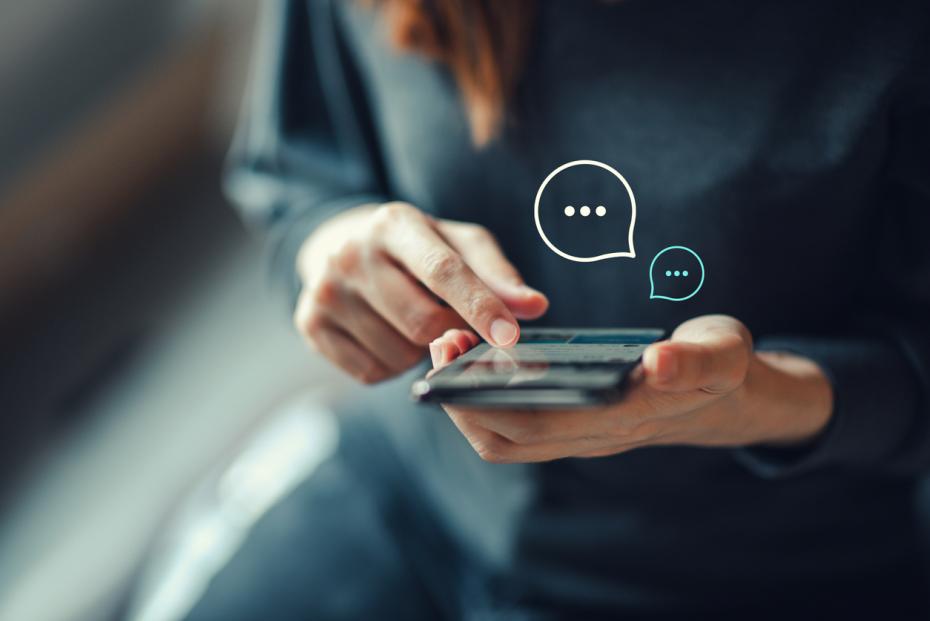Most of us in universities can remember the days when a teacher’s role was limited to a specific space and time – namely, the classroom. Teaching work was restricted to a school setting, where the day’s lecture was delivered and learning activities were carried out. At the end of the session, the teacher’s message to their students was a clear: “See you next session.” While some may look back on this simpler time and turn misty-eyed, it also meant that there was no continuity or follow-up to the teaching and learning process outside the classroom.
As we know, universities and educational models have evolved, and today we encourage students to be the managers of their own learning, with the tutor helping to facilitate this process. Education has gone beyond the old classroom barrier, meaning teachers now have to provide the tools and means to maintain close communication and follow up with students inside and outside the classroom.
- Student-staff partnerships: seven strategies for adopting inclusive practices
- You said, we did – now what? Why student voice initiatives need a rethink
- Understanding student learning – what can human behaviour analytics tell us?
For fully online, as well as hybrid, courses, communication and personalised follow-up play a fundamental role in a successful teaching and learning process. We have LMS platforms and a huge variety of tools that allow us to stay connected with our students; the question now is how to ensure proximity without becoming a bot service that offers 24/7 availability and attention.
The following are recommendations to help ensure effective communication and a close relationship with your students within reasonable limits.
1. Define and delimit official means of communication
Using ever more communication tools does not ensure a better relationship with your students. On the contrary, having many means often generates confusion for both student and teacher.
Use only two means of communication: email (or the official LMS platform for the course) and one instant messaging application. Some apps that can been used successfully here include: Slack, WhatsApp, Remind, Discord and Telegram.
2. Clarify office hours
It’s essential to be organised when planning your time in order to establish limits. So review and update your work schedule. Plan your commitments as much as possible to clearly define the time/s you’re willing to commit to responding to your students without affecting other professional obligations or personal time. Clarify these office hours with your students and make clear that anyone requiring urgent attention should schedule time during this period and that messages received outside those hours will need to wait until the following day.
3. Use defined channels wisely to establish a close connection with students
To establish a close relationship with your students, communication must be bidirectional. It’s not just a matter of offering them a way to approach you but also an opportunity for you to connect with the group. Send messages regularly, share information relevant to their learning and remind them of activities or tasks they need to complete. You can also send a message simply to wish them a good day. Don’t underestimate the impact of such relatively small actions; at the very least they make it clear that you’re attentive and open to communication.
4. Lead by example on schedules and communication
Remember, we are the only ones responsible for managing our time and how we use it to fulfil our roles as teachers, professionals and individuals. Encourage respect for your schedule, making it clear that you have other work and personal commitments – as they probably do, too. You set the schedule with your students, so you must lead by example and not break it. After all, if you want respect for this time from others, it’s vital to start by respecting it yourself. Yes, we know it’s hard to stick to at times, but it’s a crucial habit to work on if you want to avoid becoming saturated and turning personal time into an extension of work time.
5. Turn off notifications from students during your personal time
As an extension of the above, remember that some applications allow you to set a schedule; if not, don’t be afraid to turn off notifications on your mobile device/s. This will help you to avoid the temptation to respond at a time not agreed upon and to begin to make a habit of sticking to the limits you have set between work and free time.
Using the communication strategy outlined above will also help your students develop soft skills that will complement their education and training and, in the longer term, allow them to establish better and stronger professional relationships.
Teaching has well and truly moved beyond the classroom. Our role has evolved. Maintaining close and effective communication with our students is a determining factor for their learning, but a key challenge we teachers now face is disconnecting from the role of teacher to concentrate on other professional and personal endeavours.
Ingrid Benavides and Adela Vega are academic coordinators, educational innovation and digital learning, at Monterrey Institute of Technology, Mexico.
If you found this interesting and want advice and insight from academics and university staff delivered direct to your inbox each week, sign up for the THE Campus newsletter.




comment